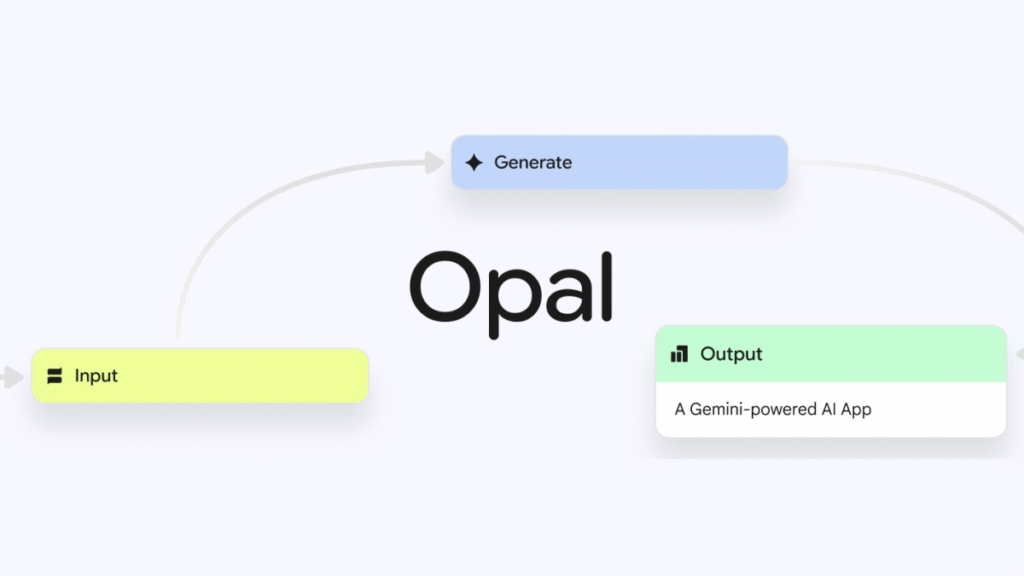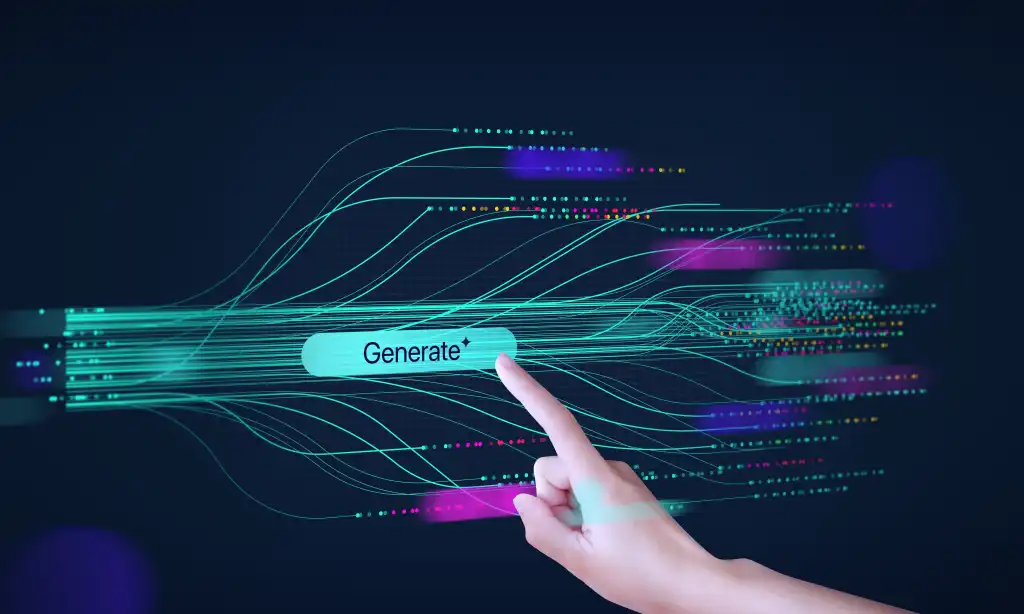Google has quietly launched a new AI-powered coding tool named Opal through its Google Labs experiment program. The app is now available for users in the United States who wish to create simple web applications by typing text prompts. Opal also offers a gallery of existing app templates that can be remixed and shared with just a few clicks.
How Opal simplifies app creation
Opal guides users through each step of app development in a visual workflow. After entering a description of the desired app, Opal’s AI models generate code and assets. Users then enter an editor panel where they see each transformation step as a node on the canvas. Selecting a node reveals the prompt that drove that action. This design makes it possible for non-technical creators to follow the logic and tweak prompts or add new steps from a toolbar labelled with icons.

Building and sharing live prototypes
Once a prototype is complete, Opal publishes it to a unique web address. Creators can share this link with others who log in with their Google account to test the app. All changes push live automatically, so reviewers see the latest version. The gallery view also lets users discover projects by topic or style and remix them to suit new use cases.
Target audience and competition
Opal joins a growing field of AI-driven design tools aimed at lowering barriers for app creation. Platforms like Canva and Figma focus on graphic design, while Replit offers an online code playground. Opal’s novelty lies in its blend of natural language prompts and a clear visual map of code generation steps. This appeals to entrepreneurs, educators, and hobbyists who wish to prototype ideas without mastering programming languages.

Future development and availability
Google has not given a roadmap of Opal to the world, but they are collecting feedback in Google Labs. The company could reach out to additional areas and endow high-level functions like integration with databases and user authentication. The progress of Opal reveals a potential future in which AI tools will enable users to take their applications all the way through to deployment in only a few minutes by following simple visual workflows.
Given the increased interest in AI-assisted coding, Opal is a new perspective since it enables showing the correlation between prompts and output. Google Labs is in an early-adopter stage in the sense that its future direction will be determined by the people who can use these tools.





